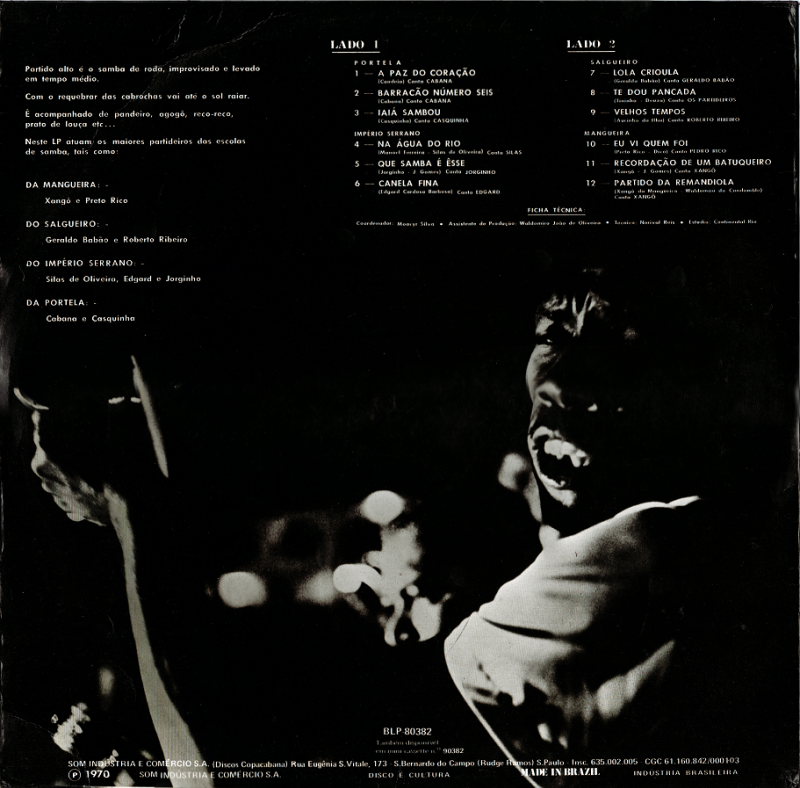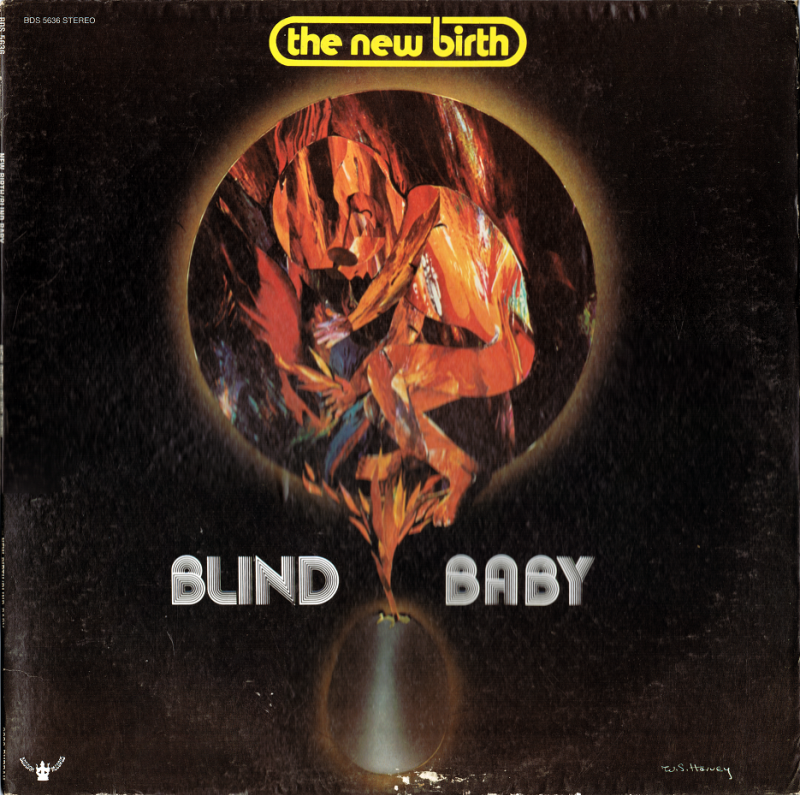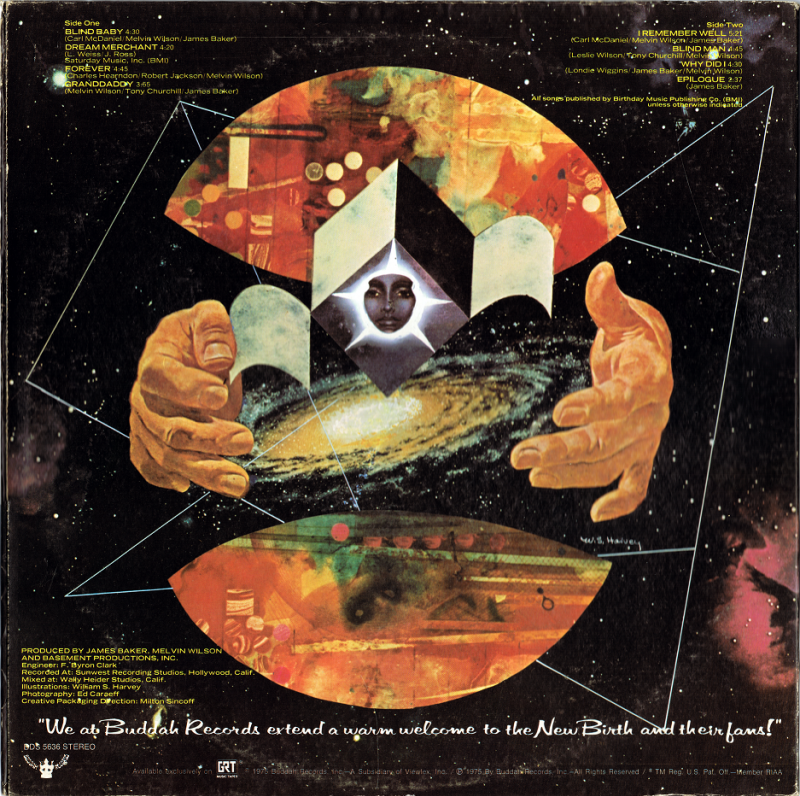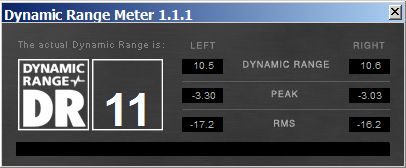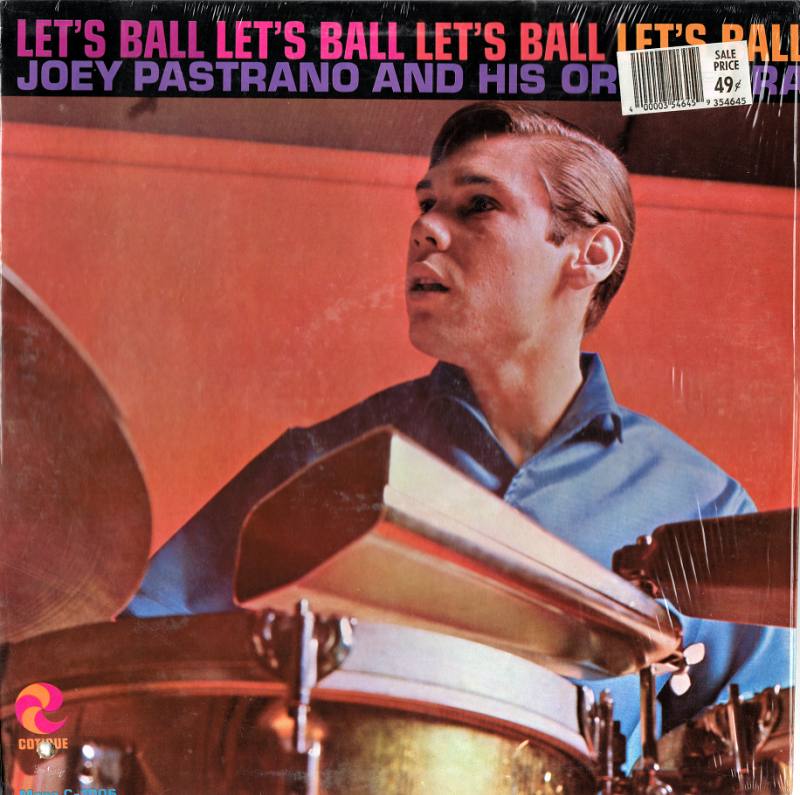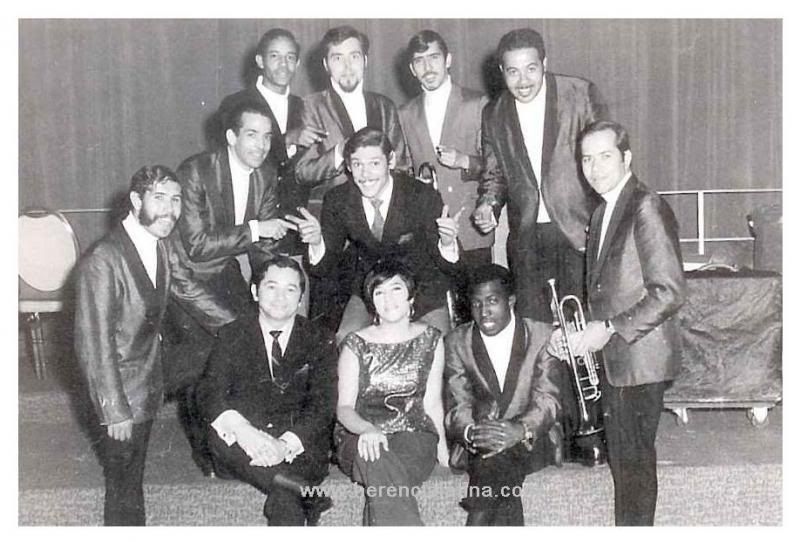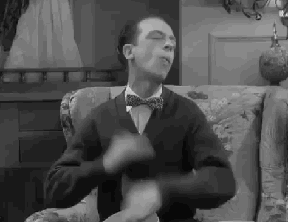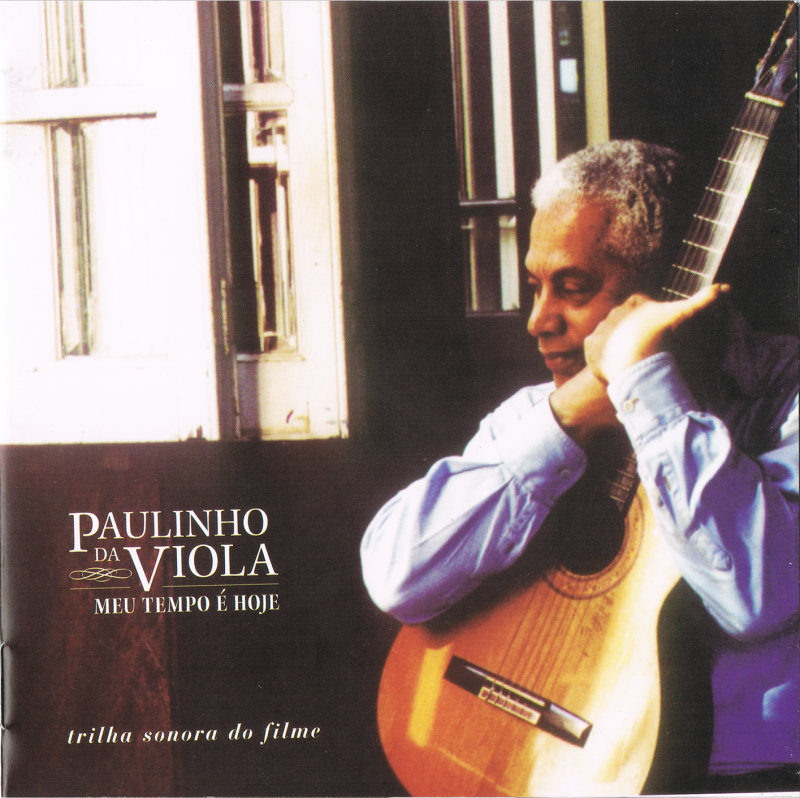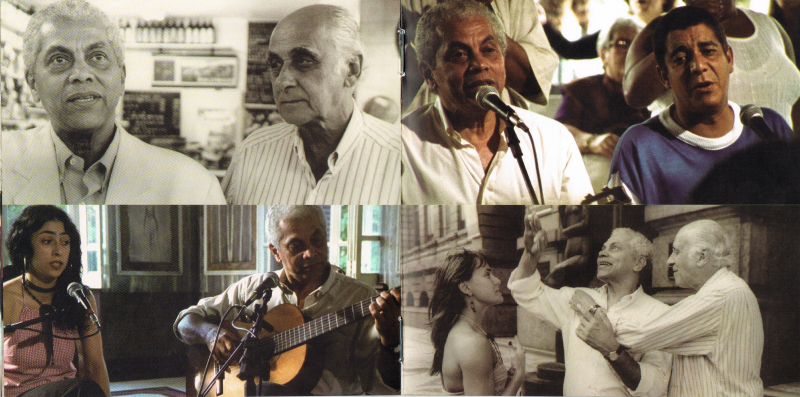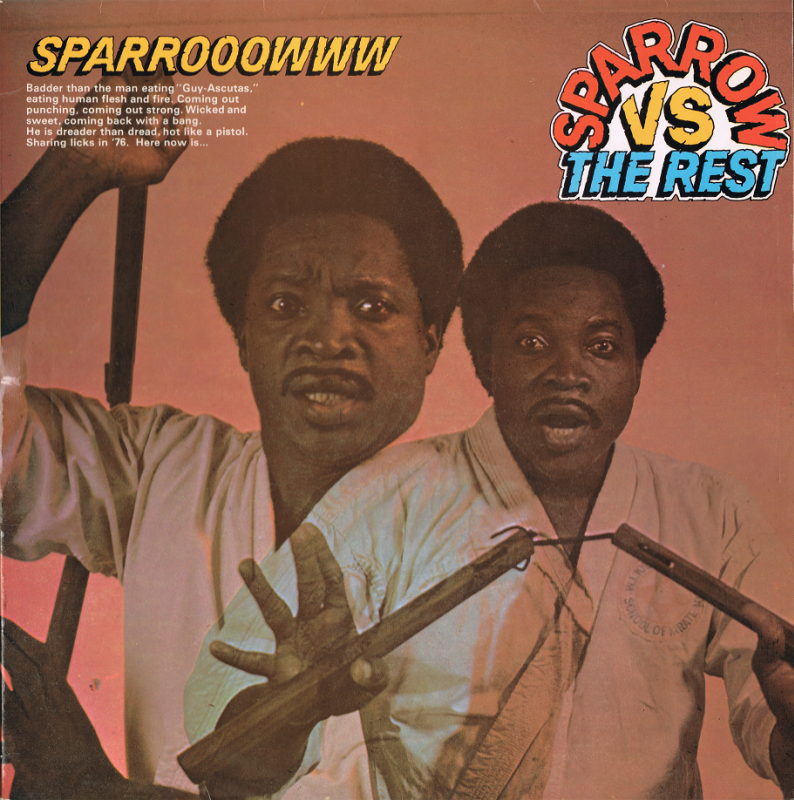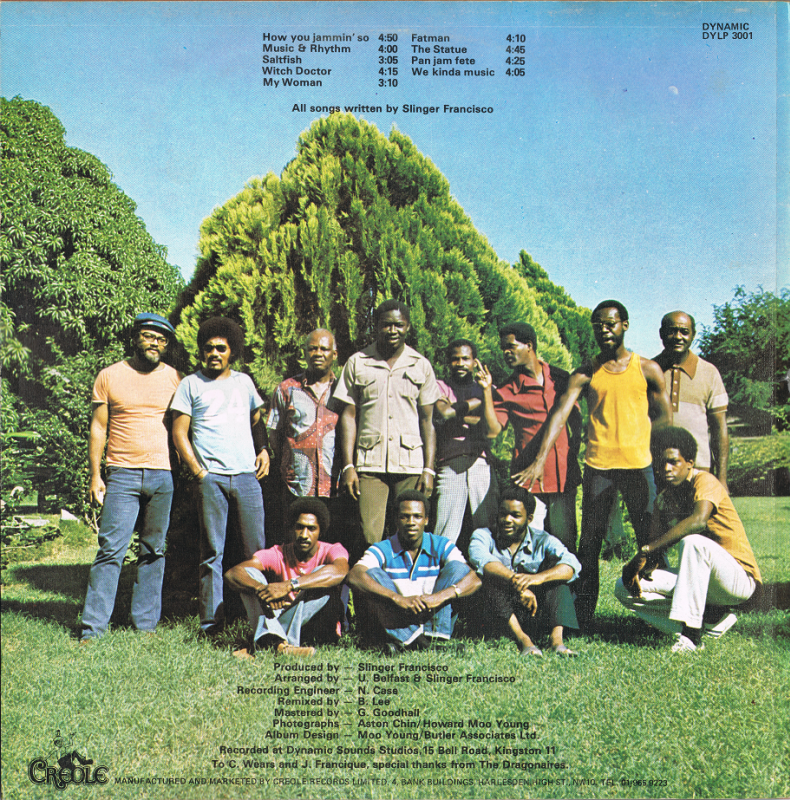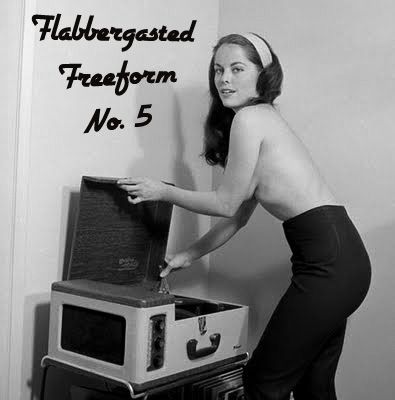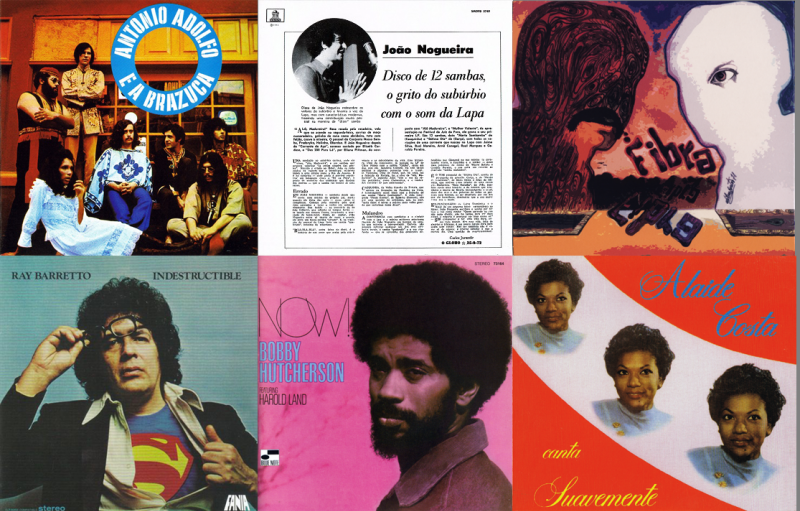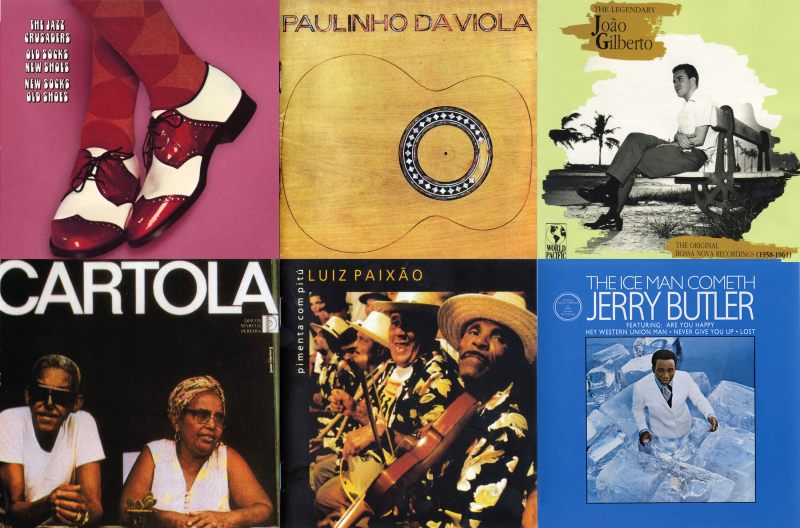
The Soul Children
Friction (1971) / Genesis (1974)
Reissue 1999 Stax SCD-88038-2
are J. Blackfoot, Norman West, Anita Louis, Shelbra Bennett
GENESIS, 1972 Stax (STS 3003)
01 - I Want To Be Loved (Sam D. Bell) 8:24
02 - Don't Take My Sunshine (Bobby Newsome) 3:59
03 - Hearsay (John Colbert, Norman West) 3:38
04 - All That Shines Ain't Gold (John Gary Williams, Tommy Tate) 3:55
05 - It Hurts Me To My Heart (Bettye Crutcher) 3:00
06 - I'm Loving You More Everyday (James Mitchell) 4:52
07 - Just The One (I've Been Looking For) (A. Isbell, E. Floyd, S. Cropper) 3:20
08 - Never Get Enough Of Your Love (Eddie Floyd) 4:22
09 - All Day Preachin' (Bettye Crutcher, Bobby Manuel) 3:55
10 - Get Up About Yourself (Carl Hampton, Homer Banks, Raymond Jackson) 4:12
Produced by Jim Stewart and Al Jackson, Jr.
Track 1:
James Alexander - bass
Michael Toles - guitar
Allen Jones - organ
Howard Grimes -drums
Tracks 2 through 9:
Piano and organ - John Keister, Marvell Thomas
Guitars - Raymond Jackson, Bobby Manuel
Donald "Duck" Dunn - bass
Al Jackson, Jr. - drums
Track 10:
Carl Hampton - piano
Raymond Jackson, Michael Toles - guitars
James Alexander - bass
Al Jackson, Jr. - drums
Produced by Carl Hampton, Homer Banks, and Raymond Jackson
------------------------------------------------------------
String arrangements - Dale Warren
Engineered by William Brown, Bobby Manuel, Eddie Marion, Daryl Williams, Dave Purple
===============================================

FRICTION, 1974 Stax (STS 5507)
11 - I'll Be The Other Woman (Banks-Hampton) 3:36
12 - What's Happening Baby (Banks-Hampton) 6:42
13 - Can't Let You Go (Banks-Hampton) 4:47
14 - It's Out Of My Hands (Banks-Hampton-Jackson) 3:24
15 - Just One Moment (Banks-Hampton) 4:58
16 - We're Gettin' Too Close (Banks-Hampton) 3:52
17 - Love Makes It Right (Banks-Hampton) 5:52
Lester Snell - Piano
Carl Hampton - electric piano
Charles Pitts, Michael Toles - guitars
James Alexander - bass
Willie Hall - drums
Tracks 11 & 15: Bobby Manuel, guitar / Donald "Duck" Dunn - bass / Al Jackson, Jr. - drums / The Memphis Horns / Memphis Symphony Orchestra
Produced by Homer Banks and Carl Hampton (Al Jackson, Jr. also co-produced "I'll Be The Other Woman")
Arrangements by John Allen, Carl Hampton, Homer Banks. Engineered by Pete Bishop
___________________________________________________________
1999 remastering at Fantasy by Kirk Felton and it SOUNDS REALLY GOOD
___________________________________________________________
With over a dozen soul and R&B hits to their credit, it is a shame The Soul Children aren't more better remembered for their contributions. These last two records for the original Stax label are quality, top-notch soul ,but at this point the Stax label wasn't too far away from bankruptcy and a lot of records were criminally under-promoted. I think "Genesis" is particularly stellar and it's my favorite of the two, perhaps because it has more of a gospel deep-groove swing to it, and a lot of people feel that "Friction" was their peak.
1972's "Genesis" has a great set of songs contributed from the likes of Eddie Floyd, Chicago's Bobby Newsome, and Bettye Crutcher. The backing musicians included members of the reconstituted M.G.'s and The Bar-kays and also feature Howard Grimes (of Hi Records) on the drums for what may be my favorite song here - the very first. It should probably surprise nobody that a vocal group put together by Dave Porter and Isaac Hayes (who played on their early records) would be adept at the type of long slow-burner that opens up the album, "I Want To Be Loved." They dig into this tune with an impassioned flare that sets it apart from Hayes' epic cool delivery, however. After a suspenseful minute's worth of subdued build-up, the rhythm section drops out as Anita and Shelbra launch into some intense gospel harmonies and eventually a brief sermon crowning love over the material things in life, and then Blackfoot comes tearing in with his gritty response and ups the ante. The group on "Genesis" reminds me a little of the early records by label-mates The Emotions, but with the added bonus of a male-female dynamic. The bigger of the hits on this record was "Hearsy", penned by Blackfoot and West, and it has a very M.G.-ish vibe to it, which is fine, but it also may be the least interesting song on the record. "It Hurts Me To My Soul" is a favorite of mine here, and in fact I played it on one of my podcasts.
"Friction" was apparently a concept album based around the idea of cheating and being cheated on. The record is admirable in the way it traces a narrative from start to finish without any kind of heavy-handed high drama. But in some ways I kind of think the idea could have benefited from trying it as a 'soul opera.' They could have brought in special guests with assigned roles, Johnnie Taylor as "Jody," Isaac Hayes as whoever he wanted to be (except Truck Turner)... As it stands, the record is almost too downbeat for me (all the songs are slow to mid tempo except for "We're Getting To Close"), but then again it has been a long time since I have had any nasty breakups involving cheating partners, so maybe that's what it takes to bring out the best in this album. The bookends of the album are undeniable classics, "I'll Be The Other Woman," and "Love Makes It Right" are powerful and honest explorations of themes that get glossed over with cliches in even some of the best music. In fact, let me extend that statement to all the tracks here - "Friction" really is a sophisticated treatment of an eternal and complex subject, and deserves a lot of credit as a unique artist achievement in the Stax canon. It's just that I don't dig listening to it as much as "Genesis." Maybe it is the fact that all the songs were written by the production team of Hampton/Banks leaves the songs with less melodic and dynamic variety than the previous record with its overflow of writing talent. Or maybe it's that I prefer the MGs and Bar-kay's (reconstituted though they may have been) to the instrumentalists on "Friction." With a group as good as The Soul Children, this is kind of like trying to decide which of your luxury cars you are going to drive today - in the end, it's a quibbling born of privilege.
In putting together this post I discovered that Shelbra Bennett passed away at the end of May of this year. She was the first of the four members to go her own way (I think) career-wise but not the first to pass away: J.Blackfoot died in 2011.



